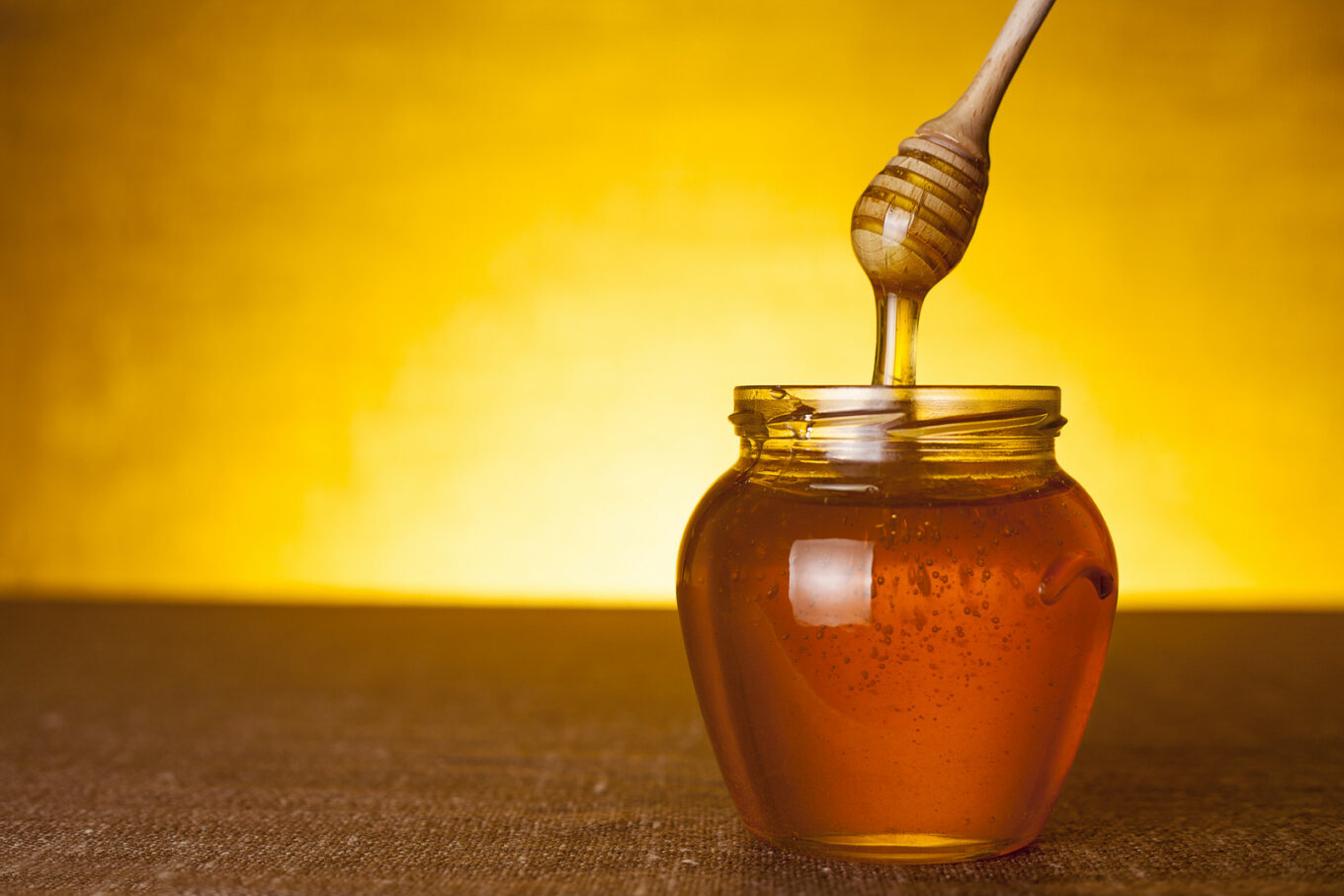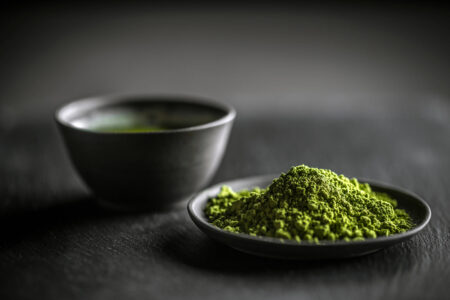But when it comes to natural medicines, can they (or a better question—should they) be used like antibiotics to treat infections? Seems plausible, considering the very first antibiotics were developed from fungus (penicillin, anyone).
Being able to use a natural alternative to a pill from the pharmacy is an appealing prospect. After all, the antibiotics of today contribute to drug-resistant “super-bugs,” cause harmful and unpleasant side effects at times, and can be lethal if taken by someone who’s allergic to them.
Read on for a round up of seven antibacterial foods and plants—many of which you may have in your kitchen and garden now—along with the benefits and limits to each.
Natural born killers
Honey
For centuries, honey has been used to heal wounds. Likewise, several recent studies from the past few decades support this notion. Along with 59 other strains, honey has been shown to improve wounds infected with MRSA—one of the most drug-resistant bacteria out there!
Echinacea extract
Some of the most terrible infections—strep, toxic shock syndrome, and necrotizing fasciitis—may be helped by echinacea’s ability to kill the type of streptococcal bacteria that causes them.
Garlic
Mmmm, garlic. Fragrant, and….curative? Anyone that’s had food poisoning would be glad to know garlic can limit populations of both Salmonella and E. coli!
Ginger
This tangy root soothes a seasick stomach, and can even regulate blood sugar. But did you know that scientific research also proves its capability to stop the growth of many bacteria, too?
Cloves
The extract of cloves is an ingredient used prophylactically in dental procedures to prevent infection. It may be particularly helpful against strains of E. coli.
Goldenseal
You can consume this flowering plant in tea-form or encapsulated in a supplement. Its effectiveness at fighting MRSA, as well as with urinary and digestive infections, is well-documented.
Oregano
Oregano in oil form has shown promise as a natural antibiotic. In addition, it may reduce inflammation, and boost the immune system by acting as an antioxidant.
The limits of natural treatments
While all of the above substances show immense promise at being antibacterial, there are times when they simply cannot substitute for pharmaceutical-grade antibiotics.
In fact, it may be best to think of natural remedies as treatment-adjuncts, best to help ward off the likelihood of an infection developing, rather than a curative treatment for a diagnosed ailment.
A few reasons support this, but namely it comes down to verifiable testing. Because natural foods and substances go largely unregulated, there’s simply no way to tell how much of something you’re getting across different manufacturers. In addition, being “natural” doesn’t mean “without negative effect.”
For example, even tasty garlic can increase one’s risk for excessive bleeding, and/or interact negatively with other prescribed medications.
If you are prescribed traditional antibiotics, it’s because your doctor feels you need them to treat a serious infection. Especially for people with other medical problems like diabetes, heart failure, cancer, immune-system dysfunction, antibiotics can mean the difference between life and death.
As research continues, expect to see more treatments derived from natural sources. And in the meantime, do you research (like reading this article), and be well!




